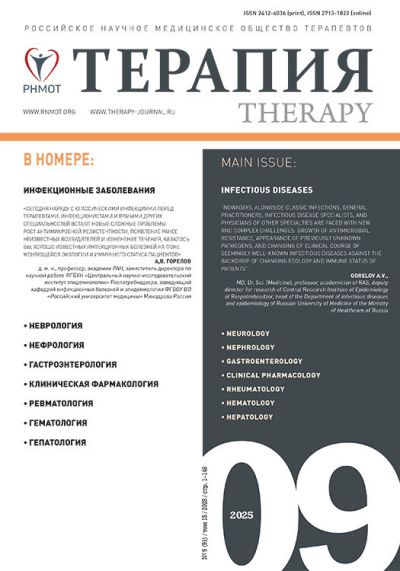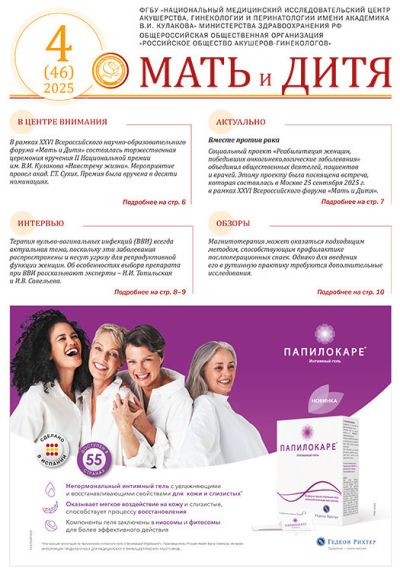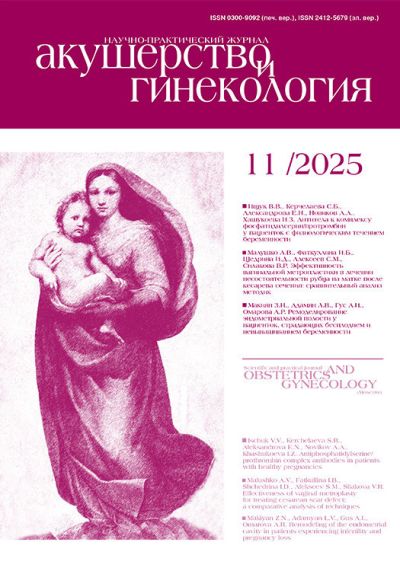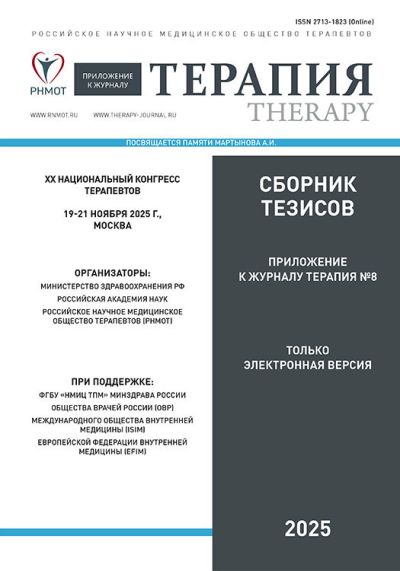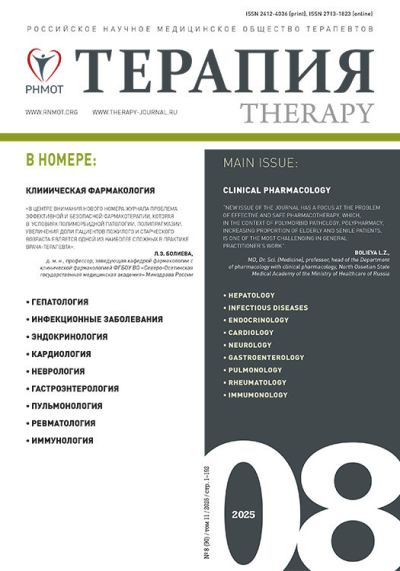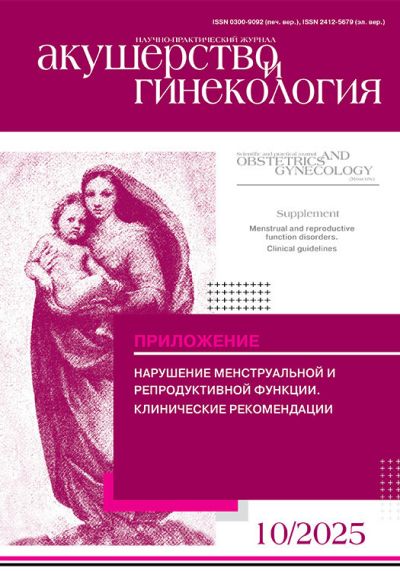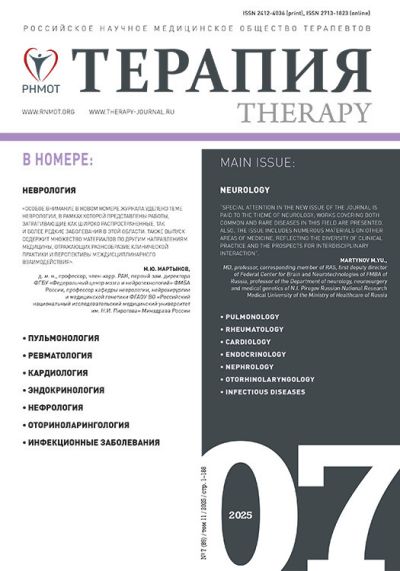Урология №5 / 2024
Отношение триглицеридов и липопротеинов высокой плотности в качестве маркера дислипидемии у пациентов на гемодиализе. Срезовое исследование
1) Университет Басры, Медицинский колледж, медицинский факультет, кафедра нефрологии, Басра, Ирак;
2) Университет Басры, Медицинский колледж, Басра, Ирак
Введение и цель. У пациентов с хронической болезнью почек, получающих поддерживающий гемодиализ, часто встречается дислипидемия. Высокий уровень липопротеинов низкой плотности (ЛПНП) представляет собой доказанный фактор риска серьезных сердечно-сосудистых осложнений, но он может изменяться при нарушении питания. Высокое соотношение триглицеридов и липопротеинов высокой плотности (ЛПВП) является еще одним фактором риска серьезных сердечно-сосудистых осложнений, который необходимо своевременно диагностировать.
Материалы и методы. Проведено срезовое исследование, включавшее 111 пациентов, находящихся на гемодиализе в Центре нефрологии и трансплантации Басры Образовательного госпиталя Аль-Шадр с 1 сентября 2022 г. по 1 марта 2023 г. Высокий уровень ЛПНП определялся как >60 мг/дл, а высокое соотношение триглицеридов и ЛПВП – >2.
Результаты. Из 111 пациентов с хронической болезнью почек, получавших поддерживающий гемодиализ, высокий уровень ЛПНП выявлен в 59,1%, а высокое соотношение триглицеридов и ЛПВП – в 64,5% случаев. Средний возраст пациентов составил 52,6±15,7 года, индекс массы тела – 25,2±5,6, 51,4% были мужчины. Из всей выборки 39 пациентов (35,1%) получали аспирин, 49 (44,1%) – статины, 8 (7,2%) – фибраты, 11 (9,9%) – Омега-3 жирные кислоты. Уровень ЛПНП и соотношение триглицеридов и ЛПВП не коррелировали с другими клиническими и лабораторными показателями. При этом описана линейная корреляция между уровнем ЛПНП и соотношением триглицеридов с ЛПВП.
Выводы. У пациентов с хронической болезнью почек, получающих поддерживающий гемодиализ, необходимо своевременно выявлять высокое соотношение триглицеридов и ЛПВП, поскольку уровень ЛПНП может оставаться в норме.
Introduction. Chronic kidney disease (CKD) is a global burden affecting millions of people worldwide. Dyslipidemia is common among patients with CKD on no dialysis and on maintenance dialysis (both hemodialysis and peritoneal dialysis) and is commonly manifested with increased levels of triglycerides (TG) and decreased levels of high-density lipoprotein cholesterol (HDL) [2]. High levels of low-density lipoprotein cholesterol (LDL) are a strong predictor of cardiovascular disease among the general population and patients with CKD [3]. Unfortunately, LDL levels may be low in patients with CKD because of malnutrition [4]. Therefore, other markers of dyslipidemia in CKD are important in these high-risk populations, and so the HDL-C/TG ratio may be a better outcome variable in patients with CKD [5]. High TG/HDL is considered to be a significant predictor of atherosclerotic cardiovascular disease (ASCVD) better than TC/HDL and LDL/HDL [6].
The aim of the present study was to estimate the prevalence of high TG/HDL ratio and high LDL and assess the correlations of these variables with both clinical and laboratory characteristics.
Patients and Methods:
Study design
This was a cross-sectional study conducted on 111 patients on maintenance hemodialysis attending the hemodialysis unit at Basrah Nephrology and Transplantation Center at Al-Sader Teaching Hospital from September 1, 2022, to March 1, 2023. Patients ≥ 18 years old on maintenance hemodialysis sessions (twice or thrice per week) were included in the study; patients with one dialysis session per week, with emergency hemodialysis, were excluded from the study. Data were collected from the case sheet, including demographics, comorbidities, number of hemodialysis sessions per week, type of vascular access, previous coronary catheterization, previous coronary artery bypass graft, Aspirin use, Statins use, Fibrate use and Omega 3 fatty acid use, viral hepatitis status, laboratory parameters in particular serum lipid profile with mathematic measurement of TG/HDL ratio.
Definitions and measurements
Target LDL in CKD patients is < 60 mg/dl as CKD is considered coronary artery disease equivalent, so LDL > 60 mg/dl is considered as high levels [7]. Target TG/HDL ratio in CKD is < 2, so a ratio > 2 is considered a high [8].
Outcomes
The outcomes of the study were to estimate the prevalence of high LDL and high TG/HDL ratio among patients on maintenance hemodialysis and study the correlations of them with the clinical and laboratory characteristics.
Statistical analysis
Continuous normally distributed variable...
>>
